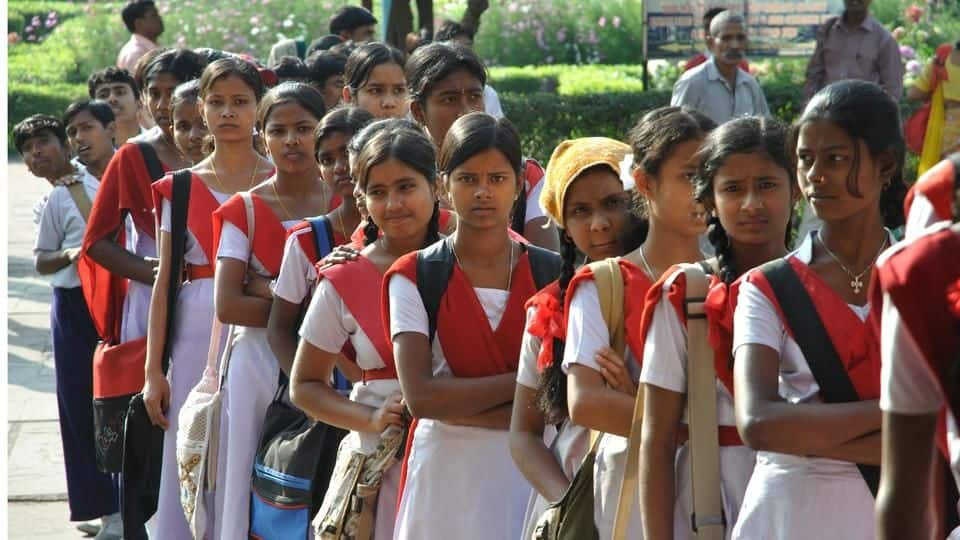
Quality education in rural India is still a distant dream
What's the story
About one-fourth teenagers between 14-18 years in rural India cannot count money properly despite being enrolled in school for years.
40% of them can't tell what time it is. Another 44% can't add weights correctly.
Such is the appalling state of primary education across Indian countryside, found the Annual Status of Education Report (ASER) for 2017 released on Tuesday.
Read on for more.
The report
30,000 rural youth across 24 Indian states questioned
Over 30,000 rural youth between 14-18 years across 28 districts in 24 Indian states were surveyed.
Conducted by 2,000 volunteers from 35 partner organizations, the report analyzed teens of over 25,000 households in 1641 villages.
Youths were evaluated based on four criteria - activity, ability, awareness and aspirations.
With this survey, ASER has tried to "explore domains beyond foundational reading and arithmetic."
Shocking findings
Of all the teens surveyed, 36% didn't know India's capital
*1/4th couldn't read their own language fluently.
*57% struggled to solve simple arithmetic problems.
*14% couldn't identify India's map.
*36% didn't know India's capital.
*21% couldn't tell the state they live in.
*40% had no role models to guide professional aspirations.
*Among 14-year-olds, 47% couldn't read English. Within 18-year-olds, 40% couldn't. Of those who could, only 79% could translate it in their native language.
Enrolment
86% of the rural youth is in school or college
According to the report, 86% of the youth were enrolled in school or college. Of these, over half were in Class 10 or below. Class 11-12 students made for 25% of the total. But only 6% attended a college.
Enrolment of girls and boys is about the same when they are 14. However, at 18, over 32% females and 28% males were not studying.
Digital India
Mobile phone and internet usage
Though the use of mobile phone was common (73% of all teens had used it within last week), it shows a distinct gender divide - 12% males 22% females had never used a cell phone.
Interestingly, mobile phone usage is not reflective of their internet consumption. 59% of the surveyed youth had never used a computer, and 64% no internet ever.